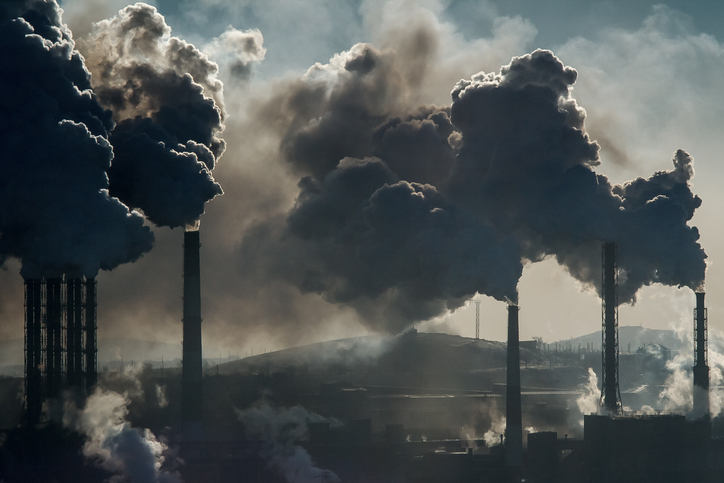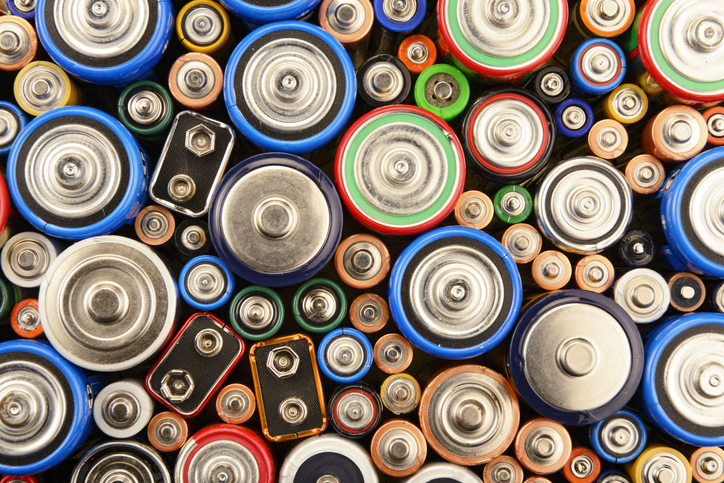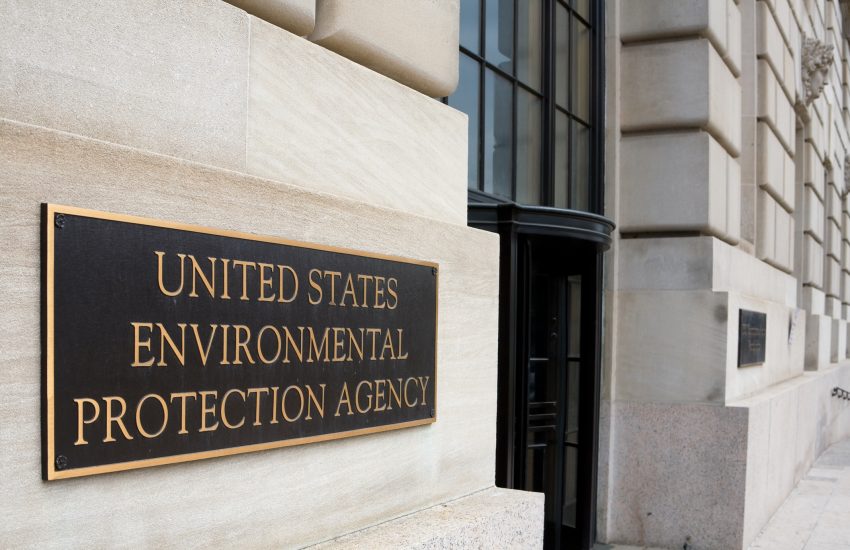The EPA on Friday granted a waiver of its traditional summer ban on the sale of gasoline with 15-percent ethanol — or “E15” — to continue mitigating the disruption of fuel commerce around the globe caused by the conflict in Ukraine.
Ethanol is made by fermenting the sugar in the starches of grains such as corn, sorghum, and barley, and the sugar in sugar cane and sugar beets. The vast majority of gasoline sold in the United States is “E10,” or gasoline with 10-percent ethanol …
Continue Reading









